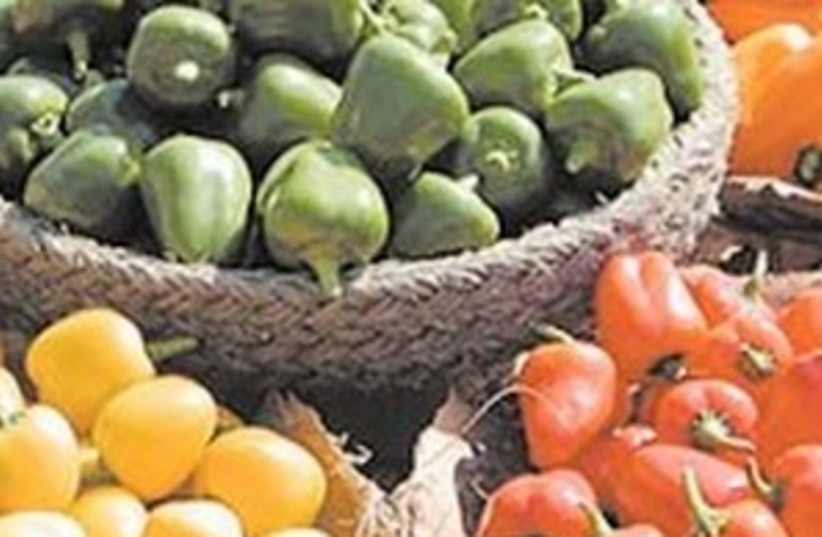The word "protein" is proudly displayed in almost every product on the shelves today but it seems we have forgotten that protein is present in many delicious fresh foods. Here are some easy ways to add it to your diet.
How much proteins should you eat?
The recommended amount of protein for a healthy person is 0.8 grams per kilogram of body weight. This amount varies according to different needs and can reach up to 2 grams per kilogram, like when someone works out a lot or is on a low-carb diet.
Here are some easy ways to add protein to your diet:
If you’re wondering how to add more protein to your diet, walnuts and almonds are a great solution because of their nutritional value. You can eat them straight out of the bag and add them to yogurt, muffins or other foods. Throw some in a container whenever you leave home so you’ll always have a healthy snack on hand.

Besides nuts and almonds, seeds like hemp, chia or flaxseed in smoothies or oatmeal with yogurt are great solutions. Only two tablespoons of these seeds can add about 3.5 to 6 grams of protein to your diet.
Add <a href="https://www.jpost.com/health-and-wellness/mind-and-spirit/article-706916" target="_blank" rel="">legumes</a> to one meal a day
Use legumes to prepare soup, make a spread or add them to stews. You’ll consume numerous micronutrients and a sufficient amount of protein. Legumes are an inexpensive way to add protein-packed ingredients to your diet; one cup has around 20-25 grams of protein.
Legumes can cause lots of gas and abdominal discomfort. The secret to reducing these conditions is to move them through the process of germination, which will significantly reduce digestive problems and increase the bioavailability of the protein in these foods, which means that it improves their absorption.
Replace pasta and rice with quinoa
Yes, quinoa has a small amount of protein, but it’s of very high quality. Most grains are low in the amino acid lysine yet quinoa is rich in it, making its protein, even if low, an enriched, high-quality protein when compared to other proteins.
Also, unlike pasta and rice, quinoa contains a lot of dietary fiber, is rich in vitamins and minerals especially B, C and E vitamins, and minerals like magnesium, iron and zinc. Four-five tablespoons of cooked quinoa contain 100 calories, 16 grams of carbohydrates and 4 grams of protein. The same amount of protein is in bulgur in a 100-calorie serving for comparison.
<br> <br>Drink <a href="https://www.jpost.com/health-and-wellness/nutrition/article-708193" target="_blank" rel="">coffee</a> with milk
Imagine a working-class man knocking back a cup of black, or Turkish coffee. They might like the taste but they aren’t absorbing any muscle-building protein. It’s better to top your coffee with milk to add some protein every time you relax with a cup of the world’s best liquid.
One cup of cow's milk has almost 8 grams of protein. Oats, soy, or other plant-based milks might contain even more protein and many are also enriched with nutrients.
Put <a href="https://www.jpost.com/health-science/israeli-researchers-say-spirulina-algae-could-stop-covid-19-deaths-660064">spirulina</a> in a smoothie
Spirulina algae contains over 65% of a complete and rich protein consisting of all the amino acids crucial for rapid recovery and restoration of muscles, tendon renewal and tissue maintenance or regeneration. Spirulina algae doesn’t have a fibrous cell wall, so it’s a good source of protein which is easily absorbed.
Spirulina contains high amounts of calcium, potassium, phosphorus, magnesium, zinc, sodium, chromium, manganese, molybdenum and other micro elements which are essential for normal body function, aid in recovery and prevent muscle cramps and pain and of course, very high levels of iron and vitamin B12 which are important for vegetarian and vegan runners.
Sprinkle nutritional yeast over foods
Nutritional yeast is the best-kept secret of the vegetarian and vegan community. A tablespoon and a half of this seasoning which tastes like parmesan contains eight grams of protein and can be used to season omelets, salads or other foods.
<br> <br>Eat more whole grains
Whole grains are healthy because they contain fiber and are rich in protein. Per portion size whole grain products like bread, flour or pasta have more protein than regular bread.
Keep the cheese water
If you’re one of those people who is disgusted and in a hurry to pour out the "water" that joins the top of the cheese box, think again. This liquid is whey and is the most nutritious component of dairy products.
Whey contains a unique and highly effective group of proteins found exclusively in milk. This portion makes up about 20% of all the proteins in milk, but its value is the most important of all the other proteins combined, as it contains the highest percentage of amino acids essential to the body.
